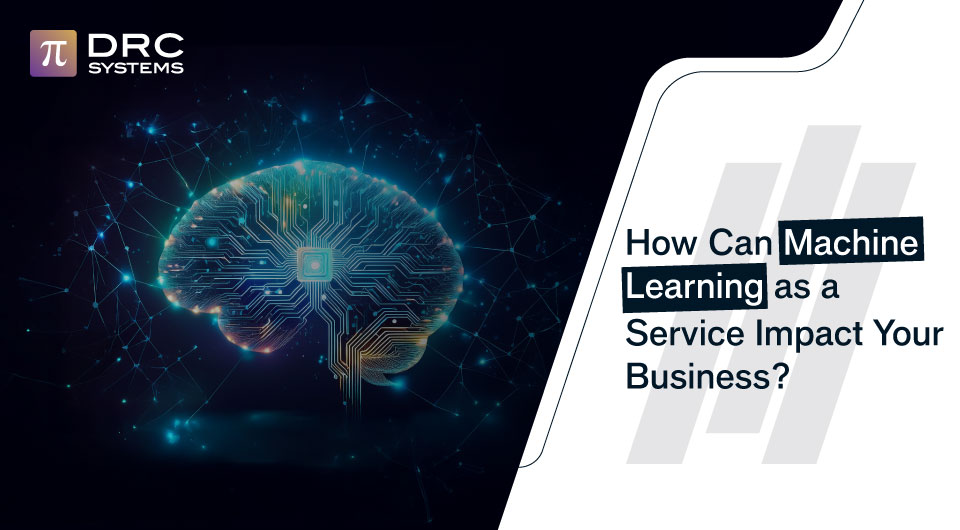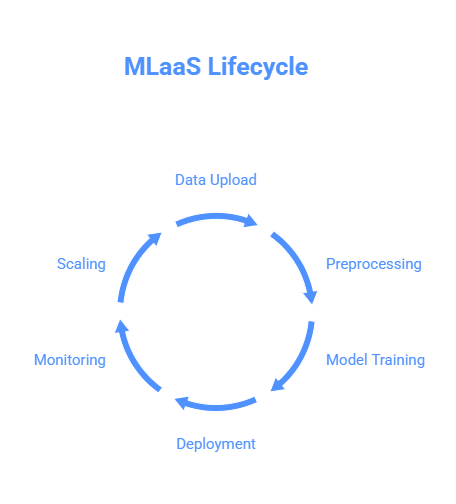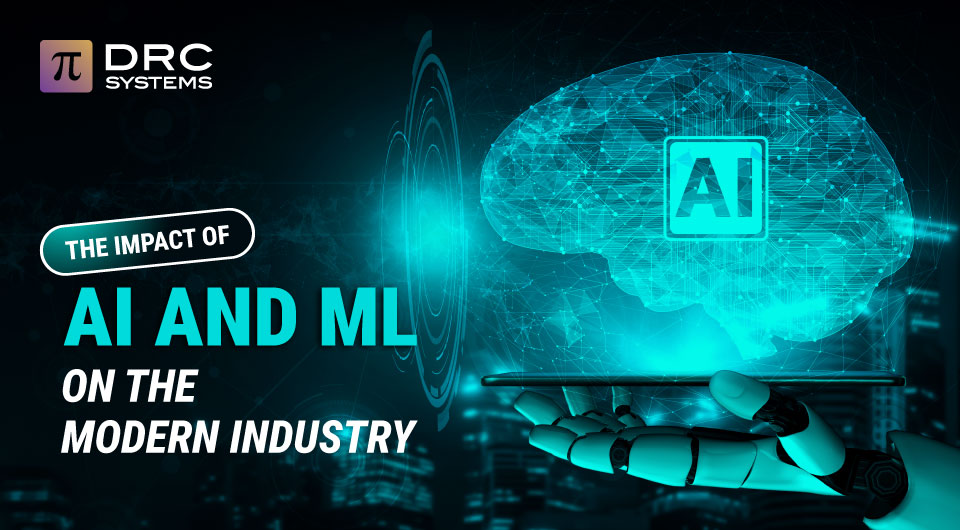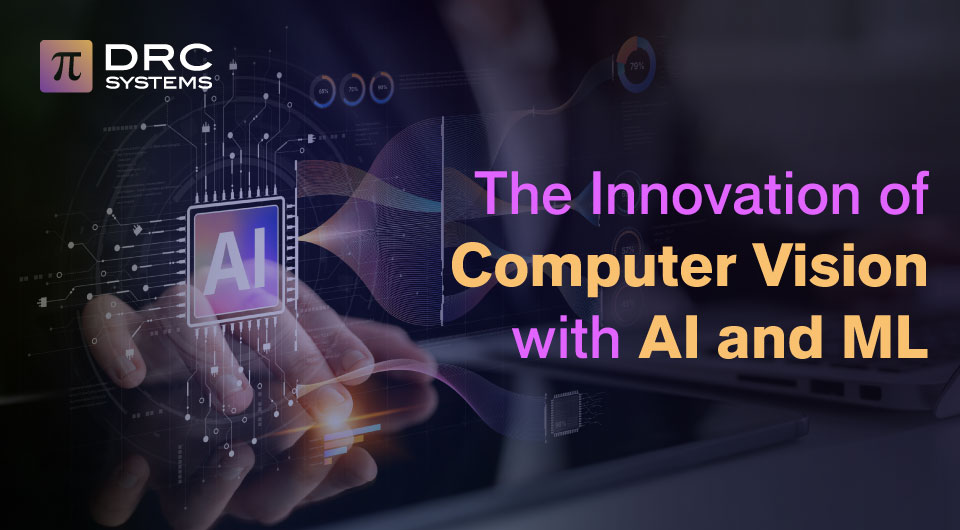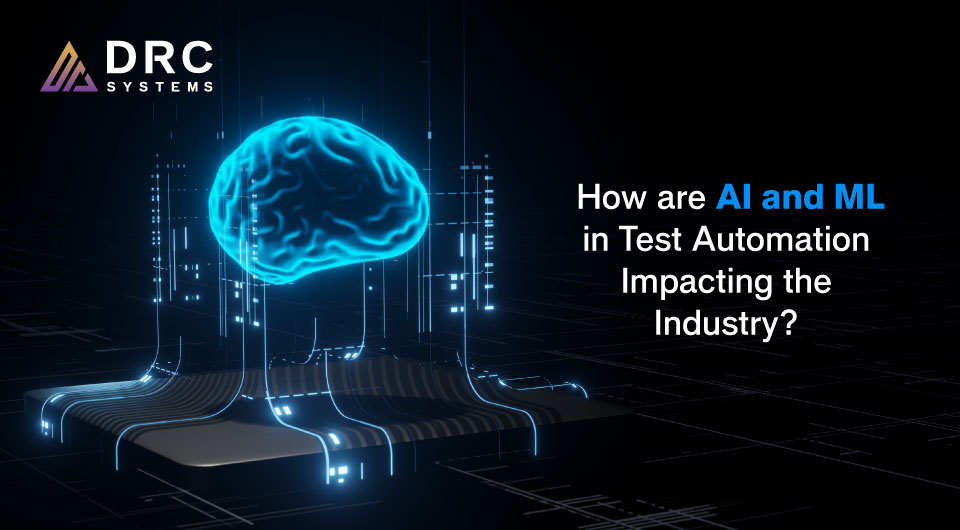Related Articles
The Impact of AI and ML Development on Modern Industries
42% of enterprises use AI in their business, while another 40% are testing it in their workflows and models. It…
Read The PostThe Innovation of Computer Vision with AI and ML
Enterprises today are investing millions of dollars in image and video technologies across industries such as manufacturing, security, analytics, and…
Read The PostHow AI and ML are Transforming Test Automation For The Better?
The first rule of technology used in a business is that automation applied to an efficient operation will magnify the…
Read The Post
